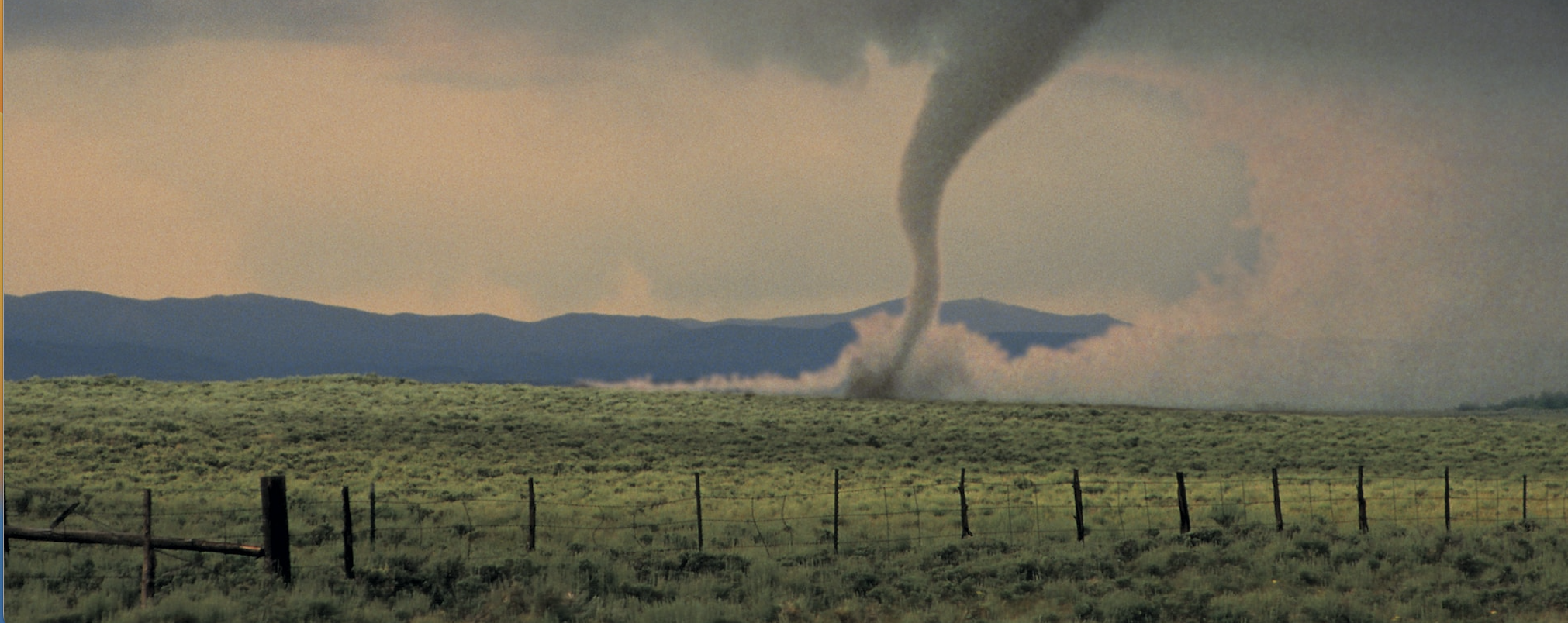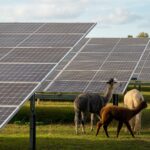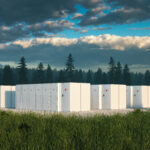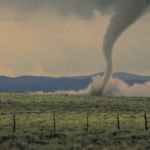To quote Winston Churchill when the Great Smog of 1952 covered London, “It is an act of God!” Though we nor you should expect anything of such great magnitude to impact your area, the solar development on your land is not immune to so-called “acts of God”. Naturally then, landowners are curious about what happens if a solar development is damaged by a natural or man-made event. The answer to this hinges on the age and profitability of the project.
Protection Through Insurance and Advanced Technology
All solar development projects are insured. There’s a local insurance and liability policy on the project itself, as well as the development company’s umbrella policies. These insurances often include rebuilding or decommissioning bonds. Policies are written to cover damage from storms (hailstorms and tornadoes being the biggest threats), fires, earthquakes, hurricanes, major floods, and terrorism. We’ve even seen a policy written to cover alien invasion, but no claims on that clause have been filed so far.
Solar developments also have ways of avoiding damage. Most have a computerized system onsite that can be activated by an offsite technician if weather threatens the local area. The system rotates the panels to a vertical position, so much less surface area will be exposed to hail or other weather damage.
Assessing Damage: Repair, Rebuild, or Decommission?
If a development experiences minor damage, the insurance policy covers repairs. If the majority of the development is damaged or destroyed, the developer makes a decision about whether to rebuild o decommission the project. The decision is based in part on whether the project has reached its break-even point and how many years of profitability it has left. A project within the last few years of its original term (usually 30 – 35 years) almost certainly won’t be rebuilt and, instead, decommissioning will begin.
The developer holds the liability for both the project site and any damage caused by the equipment at the site. If a solar panel is carried by a tornado to a neighbor’s property, for example, the developer’s liability policy pays for any damage it might cause.
Force Majeure Clauses
Understandably, landowners are often concerned about their income after a damage event. Solar development contracts often contain clauses for Force Majeure or “acts of God”. Generally speaking, for events to constitute force majeure, they must be unforeseeable, external to the parties of the contract, and unavoidable. In most cases, owner payments will be delayed or deferred while the project is being repaired or rebuilt. And payments will resume when the project is back up and running.
If the developer decides to decommission the project, the landowner will no longer receive payments. The land is returned to the landowner, just as it would be at the end of the contract term. The decommissioning and cleanup costs are covered by a bond even if the developer goes through bankruptcy. Usually, the county where the development is located is listed as an additional beneficiary, so they can use the funds from the decommissioning bond to clean up the property.
The Importance of Land Analysis
Fortunately, devastating weather events are rare, and developers assess the risk of them carefully when they evaluate a site. But if they happen, landowners can be assured that there’s a plan in place for rebuilding or reconsidering the project. Here at Scout Land Consultants, we use advanced analysis systems to determine the viability of a land parcel for development, so fill out our solar quiz to see if your land is right for solar or contact us today for a complimentary site evaluation.






